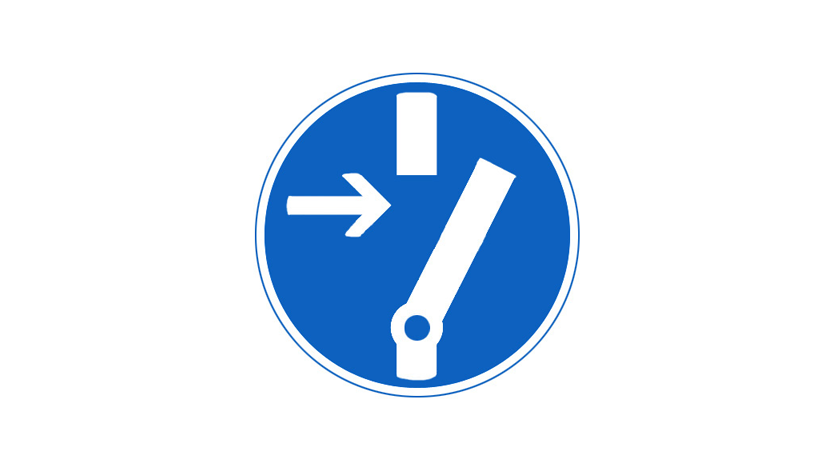
When should you choose a mechanical pressure switch and when should you rather decide for an electronic pressure switch? Each switch principle offers advantages, but also has its limitations. Among other things, there are differences in the application areas for mechanical and electronic pressure switches. A consideration of this will support you in your selection.
Application areas for mechanical pressure switches
Mechanical pressure switches are often used when the budget is limited and only individual switch points are needed. They are often used in safety-critical applications in which they have an additional or redundant safety function. While they remain idle for a long time, they transmit an immediate switching signal when the pressure exceeds the preset critical switch point pressure. For process control, however, mechanical pressure switches are not the first choice in electronic systems, as they are often affected by mechanical wear, causing signal drift or even premature failure.
Application areas for electronic pressure switches
Electronic pressure switches are used where several switch points and the stability and flexibility of the control are important. They are ideal for automated equipment and control systems where programmable switches are preferred, because the desired setting for the switch point may change over the years. Whenever additional analogue output signals, a local indication by display or flexible adjustment and programming are needed, electronic pressure switches are the primary choice.
Note
Further information on mechanical pressure switches and electronic pressure switches can be found on the WIKA website. Would you like to buy pressure switches? In our WIKA online shop you’ll find some of our standard versions.
Also read our articles
Mechanical vs. electronic pressure switches: Functionality
Mechanical pressure switches: How does one set the switch point?

